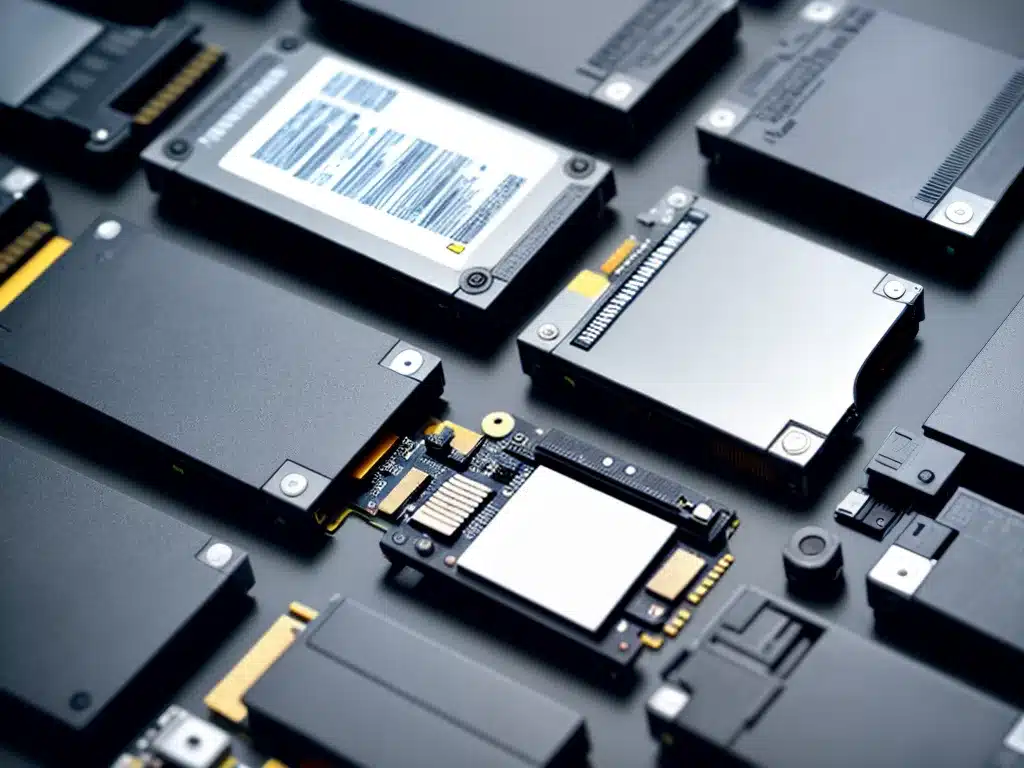
Introduction
Solid state drives (SSDs) are becoming increasingly popular as storage options for personal computers and laptops. SSDs offer many advantages over traditional hard disk drives (HDDs) such as faster read/write speeds, better reliability, and lower power consumption. However, SSDs also have a limited number of write cycles before they start to degrade. Following some simple tips can help maximize the life of your SSD.
Regularly Optimize and Trim Your SSD
One of the most important things you can do to extend the life of your SSD is to regularly optimize it. Optimization realigns data on the drive to ensure maximum performance and space utilization. Enabling the TRIM command also helps by letting the operating system inform the SSD which blocks of data are no longer in use and can be wiped and rewritten.
I personally optimize my SSD every month using the built-in optimization tool provided by the manufacturer. You can easily set up a monthly task scheduler to automate the optimization process. Keeping your SSD optimized ensures lower write amplification and less unnecessary writes.
Avoid Completely Filling Up Your SSD
It is best to avoid completely filling up your SSD beyond approximately 75% capacity. SSDs need some spare area for garbage collection and wear leveling processes to work efficiently.
These processes help distribute writes evenly across all the cells of the SSD and free up unused space. If your SSD is completely full, these processes cannot operate optimally. This results in excessive writes to certain cells, reducing the overall life of the SSD.
I make sure my SSD always has at least 25% free space. I regularly move older or less accessed data to an external HDD to avoid filling up the SSD.
Use the Manufacturer’s SSD Management Software
Most SSD manufacturers provide their own SSD management software. For example, Samsung provides the Samsung Magician software for their SSDs. These tools give you visibility into the health of your SSD and provide options to securely erase data, update firmware, optimize performance, enable encryption etc.
The SSD toolbox software also monitors usage and disk health parameters like total data written, spare blocks, temperature etc. I use the Samsung Magician software monthly to check for any potential issues with my SSD. Keeping the firmware and drivers up-to-date also helps maximize SSD life.
Avoid Excessive Reads/Writes to The Drive
Reducing unnecessary read/write operations to your SSD will also help extend its usable life. Simple steps like enabling your operating system’s paging file on another HDD rather than the boot SSD will significantly reduce writes.
I also make sure that any temporary application files get written to another drive rather than my boot SSD. For example, browser caches, application updates etc. Using cloud syncing for files like browser bookmarks also minimizes local writes.
Avoiding unnecessary copying/moving of files on the SSD helps reduce write amplification. I always copy files to and from my SSD using an external HDD as an intermediary.
Use the Right File System for Your SSD
Choosing the right file system can also help maximize lifetime and performance of your SSD. For Windows, NTFS is generally recommended as it natively supports key features like TRIM, wear leveling and caching.
For Linux, modern file systems like ext4, Btrfs and XFS work very well with SSDs compared to older systems like ext2/ext3. I always format my SSDs with NTFS on Windows and ext4 on Linux to get the best experience.
Monitor SSD Health and Replace When Required
Even with proper care, SSDs have a limited lifespan and will eventually need replacement. I routinely monitor my SSD’s health statistics like total terabytes written, bad blocks etc. Using the SMART data to observe for any deterioration over time.
Replacing your SSD once write endurance approaches 70-80% can help prevent abrupt in-place failures. I also keep backups of important data either on the cloud or external HDDs as a precaution. For most consumer SSDs today, this replacement cycle works out to 4-5 years with average usage.
Conclusion
SSDs are a great storage upgrade but need some care to maximize their usable lifespans. Simple habits like regular optimization, monitoring health metrics, and avoiding excessive writes can help extend the life of your SSD. Taking proper precautions will ensure you can enjoy fast performance from your SSD for years before an upgrade is required.












